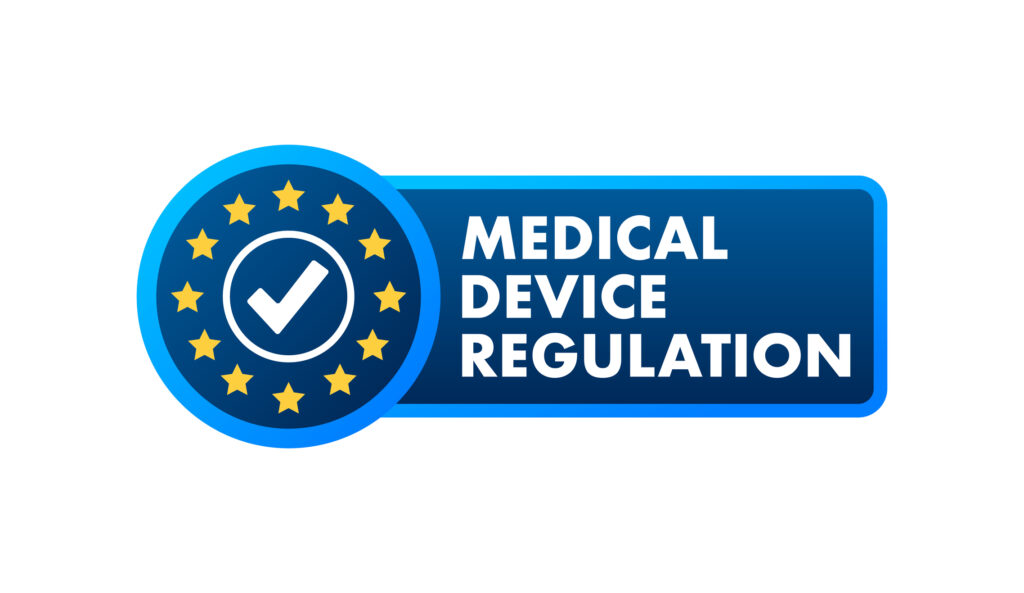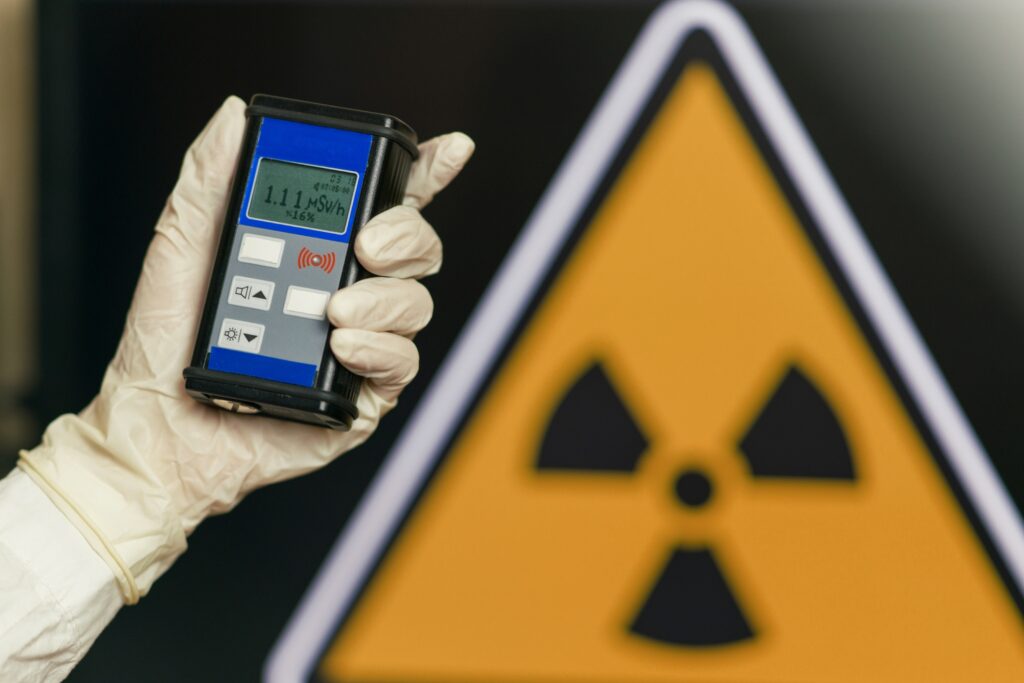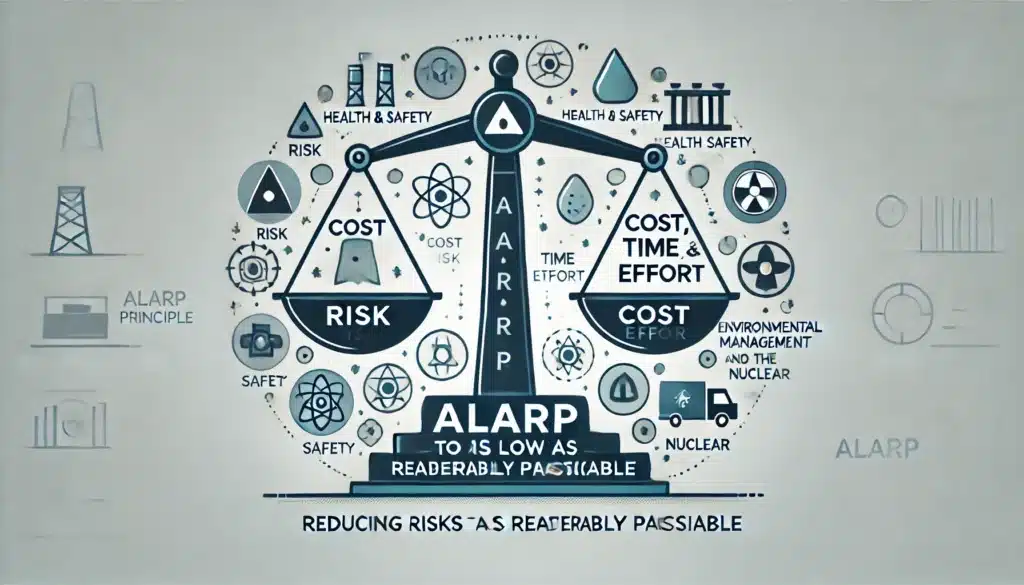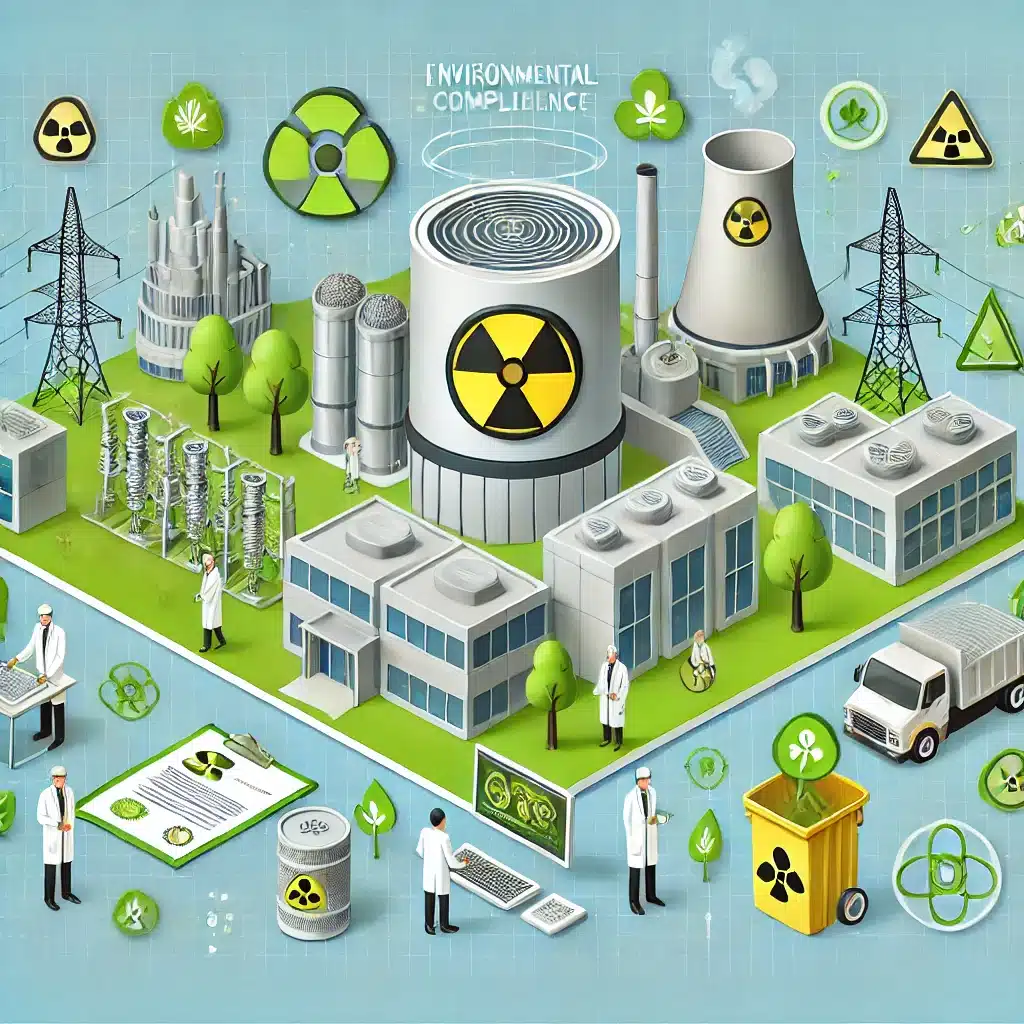Radiopharmaceuticals, used primarily for diagnostic and therapeutic purposes, are subject to stringent regulations due to their inherent radioactive nature and potential impact on public health. This article reviews the regulatory framework governing the production of radiopharmaceuticals, focusing on the safety measures, quality control, and compliance standards mandated by authorities such as the European Medicines Agency (EMA), the International Atomic Energy Agency (IAEA), and national health agencies. We will explore the critical aspects of production, from radiopharmaceutical development to post-production testing, with a particular focus on ensuring the safety, efficacy, and ethical distribution of these compounds. The article also touches on the challenges faced by manufacturers in adhering to these regulations and highlights future trends in the field.
Introduction to Radiopharmaceuticals
Radiopharmaceuticals are specialised drugs that contain radioactive isotopes and are used primarily in the field of nuclear medicine. These compounds play a crucial role in diagnosing and treating diseases, including cancer and heart disease. The production and distribution of radiopharmaceuticals involve several critical processes that must adhere to stringent regulatory guidelines to ensure the safety and efficacy of these products.
The primary difference between radiopharmaceuticals and conventional pharmaceuticals is their radioactive component, which adds layers of complexity to their development, testing, and distribution. This complexity necessitates close regulatory oversight to protect patients, healthcare professionals, and the environment.
Regulatory Bodies and Frameworks
International Regulatory Authorities
The production and regulation of radiopharmaceuticals are primarily overseen by several international bodies. The International Atomic Energy Agency (IAEA) plays a central role in developing safety standards and provides technical guidance on the production and use of radiopharmaceuticals. The European Medicines Agency (EMA) regulates radiopharmaceuticals in Europe, ensuring that they meet the required quality, safety, and efficacy standards before approval.
In addition to the IAEA and EMA, national regulatory authorities such as the Medicines and Healthcare products Regulatory Agency (MHRA) in the UK, the Food and Drug Administration (FDA) in the USA, and other national health agencies ensure that manufacturers comply with specific country regulations regarding the production, handling, and disposal of radiopharmaceuticals.
Legislation and Good Manufacturing Practices (GMP)
The production of radiopharmaceuticals is governed by a stringent set of guidelines collectively known as Good Manufacturing Practices (GMP). These regulations are designed to ensure that products are consistently produced and controlled according to quality standards. In the European Union, EudraLex Volume 4 contains GMP guidelines that must be followed by radiopharmaceutical manufacturers.
Moreover, Directive 2001/83/EC (as amended) and Regulation (EC) No 726/2004 provide the legal framework for the approval and marketing of radiopharmaceuticals in the European Union. The IAEA also issues guidance on the handling and production of radioactive materials through its Safety Standards Series.
Key Aspects of Radiopharmaceutical Production
Radiopharmaceutical Development
The development of radiopharmaceuticals is a highly regulated process that involves several stages, including preclinical testing, clinical trials, and regulatory approval. During the development phase, manufacturers must demonstrate that the radiopharmaceutical is both safe and effective for its intended use. This requires extensive research on the pharmacokinetics, biodistribution, and radiation dosimetry of the product.
One of the key challenges in radiopharmaceutical development is ensuring that the radioactive component remains stable and does not degrade into harmful by-products. This requires careful selection of radionuclides and formulation development to ensure that the final product meets the necessary stability and safety criteria.
Quality Control and Assurance
Quality control (QC) is a critical aspect of radiopharmaceutical production. Given the radioactive nature of these compounds, QC processes must go beyond the traditional checks used for conventional pharmaceuticals. In addition to standard tests for purity, sterility, and stability, QC in radiopharmaceuticals includes measurements of radioactivity, radionuclide purity, and radiochemical purity.
Radionuclide purity refers to the absence of undesirable radioactive impurities, while radiochemical purity ensures that the radioactive component is present in the desired chemical form. These tests are essential to guarantee that patients receive a safe and effective dose of the radiopharmaceutical.
Radiation Protection and Safety
Radiation protection is a fundamental concern in the production and handling of radiopharmaceuticals. To ensure the safety of workers and the public, manufacturers must adhere to strict radiation protection guidelines set by the IAEA and national authorities. This includes implementing radiation shielding, monitoring radiation levels, and ensuring that staff handling radioactive materials are properly trained.
The use of hot cells—shielded enclosures used to handle radioactive materials—and automated synthesiser systems helps minimise radiation exposure to personnel. Additionally, manufacturers must have procedures in place for the safe transport and disposal of radioactive waste.
Post-Production Testing and Batch Release
Once a radiopharmaceutical is produced, it must undergo post-production testing before being released for use. Given the short half-lives of many radionuclides used in radiopharmaceuticals, these tests must be completed quickly to ensure that the product is still viable when it reaches the patient.
Batch release procedures involve a final round of QC tests to ensure that the product meets all safety, efficacy, and purity standards. The Qualified Person (QP) responsible for batch release must review the production and testing records to certify that the product complies with regulatory requirements. Only then can the radiopharmaceutical be distributed for clinical use.
Regulatory Challenges in Radiopharmaceutical Production
Short Half-Lives of Radionuclides
One of the primary challenges in radiopharmaceutical production is the short half-lives of many radionuclides. For example, fluorine-18, which is used in PET imaging, has a half-life of approximately 110 minutes. This short half-life means that the radiopharmaceutical must be produced, tested, and delivered to the patient in a very short timeframe, often within a few hours. This poses logistical challenges for manufacturers, particularly when distributing radiopharmaceuticals across large geographical areas.
To address this issue, some manufacturers have adopted a centralised radiopharmacy model, where radiopharmaceuticals are produced at a central facility and distributed to satellite centres. This model allows for more efficient production and distribution, but it also requires strict coordination to ensure that the product remains viable upon delivery.
Regulatory Compliance Across Multiple Jurisdictions
Radiopharmaceutical manufacturers that operate in multiple countries face the challenge of complying with a diverse array of regulations. While international bodies like the IAEA and EMA provide overarching guidelines, each country has its own specific requirements for the production, testing, and approval of radiopharmaceuticals.
For instance, the FDA’s regulations for radiopharmaceuticals in the United States differ in certain aspects from those of the EMA. Manufacturers must, therefore, navigate these regulatory differences to ensure that their products can be marketed and used in multiple countries. This requires a deep understanding of local regulations and a robust compliance strategy to meet all relevant legal requirements.
The Role of Pharmacovigilance in Radiopharmaceuticals
Monitoring Safety Post-Marketing
Once a radiopharmaceutical has been approved and released to the market, it enters the pharmacovigilance phase, where its safety and efficacy continue to be monitored in clinical settings. Given the potential risks associated with the use of radioactive materials, pharmacovigilance is a crucial aspect of ensuring patient safety.
Healthcare providers must report any adverse reactions or safety concerns to regulatory authorities, who can then take appropriate action, such as updating safety guidelines or withdrawing the product from the market. Manufacturers are also required to have systems in place for tracking and responding to any safety issues that arise post-marketing.
Adverse Event Reporting and Risk Mitigation
Adverse event reporting is a key component of pharmacovigilance in radiopharmaceuticals. If a patient experiences an unexpected reaction or if the product fails to perform as intended, this must be reported to the relevant authorities. In turn, manufacturers must investigate these reports and implement corrective actions as needed.
Risk mitigation strategies may involve reformulating the product, adjusting the recommended dosage, or updating handling and administration protocols to minimise the likelihood of future adverse events. Manufacturers must also ensure that healthcare professionals are adequately trained in the safe use of radiopharmaceuticals to reduce the risk of mishandling or accidental exposure.
Future Trends in Radiopharmaceutical Regulation
Advances in Radiopharmaceutical Development
Recent advances in molecular imaging and targeted therapy have opened up new possibilities for radiopharmaceuticals. For example, theranostics, which combines diagnostic and therapeutic capabilities in a single radiopharmaceutical, is a rapidly growing field. However, these advancements also introduce new regulatory challenges, as the production and use of such compounds often require novel approaches to quality control and safety testing.
Regulatory agencies are working to keep pace with these developments by updating guidelines and standards to reflect the latest scientific knowledge. For instance, the EMA has published draft guidance on the development and regulatory approval of theranostic radiopharmaceuticals, which outlines the specific requirements for these innovative products.
Increasing Focus on Personalised Medicine
The shift towards personalised medicine is another trend that is shaping the future of radiopharmaceutical regulation. Personalised radiopharmaceuticals are designed to target specific biological markers in individual patients, offering a more tailored approach to diagnosis and treatment. However, the production of personalised radiopharmaceuticals presents unique regulatory challenges, as each batch may need to be customised for a specific patient.
Regulators are exploring ways to streamline the approval process for personalised radiopharmaceuticals without compromising on safety and efficacy. This may involve the development of new regulatory pathways or the adoption of more flexible quality control standards that can accommodate the variability inherent in personalised medicine.
Conclusion
Radiopharmaceutical production is a highly specialised field that requires strict adherence to regulatory guidelines to ensure the safety and efficacy of these powerful compounds. International and national regulatory authorities play a key role in overseeing the development, production, and post-marketing surveillance of radiopharmaceuticals, with a focus on protecting public health and ensuring that these products meet the highest quality standards.
The challenges associated with the short half-lives of radionuclides, compliance with diverse regulatory frameworks, and the evolving landscape of personalised medicine and theranostics highlight the need for continued innovation in both production processes and regulatory oversight. As radiopharmaceuticals continue to play an increasingly important role in modern healthcare, regulatory agencies and manufacturers must work together to ensure that these products remain safe, effective, and accessible to patients worldwide.
Disclaimer
The information provided in this article, “Regulatory Considerations in Radiopharmaceutical Production”, published by Open Medscience on 25 September 2024, is intended for general informational and educational purposes only. It does not constitute legal, regulatory, medical, or professional advice.
While every effort has been made to ensure the accuracy and reliability of the content at the time of publication, regulatory requirements governing the production and use of radiopharmaceuticals may vary between jurisdictions and are subject to change. Readers are strongly advised to consult the relevant national and international regulatory authorities, such as the European Medicines Agency (EMA), the International Atomic Energy Agency (IAEA), the Medicines and Healthcare products Regulatory Agency (MHRA), and other applicable bodies for the most up-to-date guidance and legal obligations.
Open Medscience and the article’s contributors accept no responsibility or liability for any loss, damage, or consequences arising from reliance on the information contained herein. Any use of radiopharmaceuticals should be carried out by qualified professionals in accordance with applicable regulations and safety standards.
You are here: home » diagnostic medical imaging blog »



